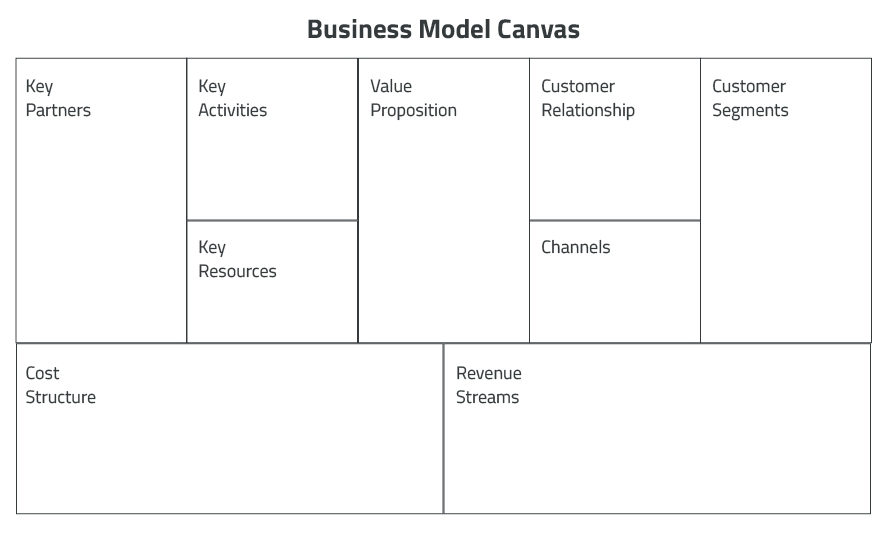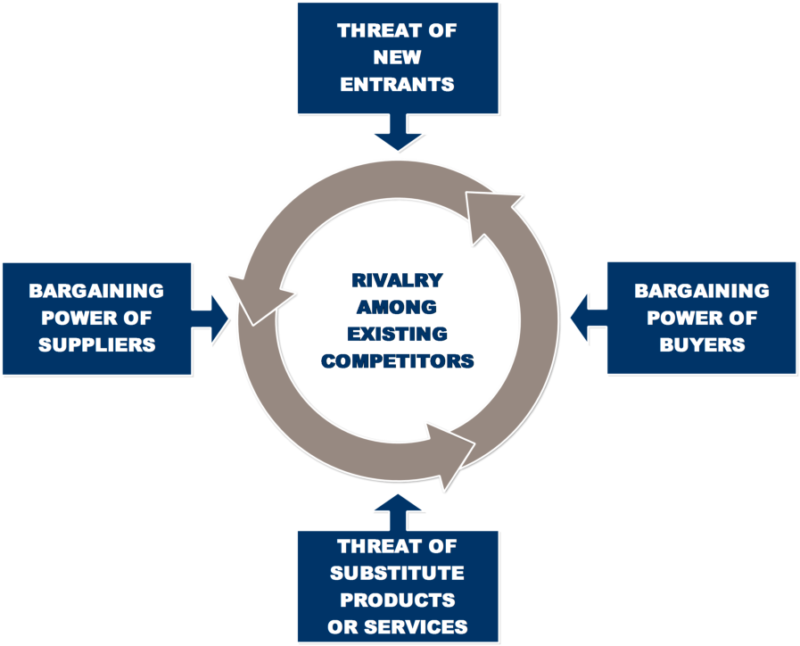Strategic Intent refers to a “high level statement of the means by which an organisation achieves its VISION”. Today Managers in different organisations are working hard to match the competitive advantage of their global rivals but in order to do the same most of them end up only imitating what their competitors have already implemented. Imitation doesn’t really create the Strategic Intent as competitors have already mastered those techniques and have exploited the first mover advantage. Hence mere imitation doesn’t lead to competitive revitalization. Strategic Intent drives organisations, individuals and groups to meet the challenge of change in business today.
Strategic Intent as a concept was born in Post-World war II Japan when it dramatically emerged as world leader in economy.… Read the rest


